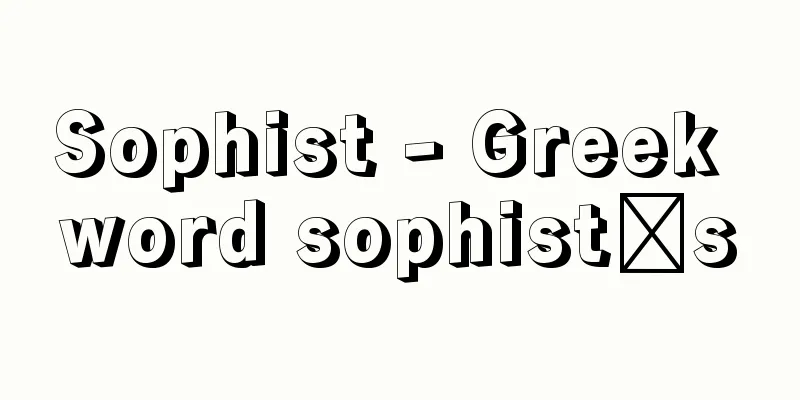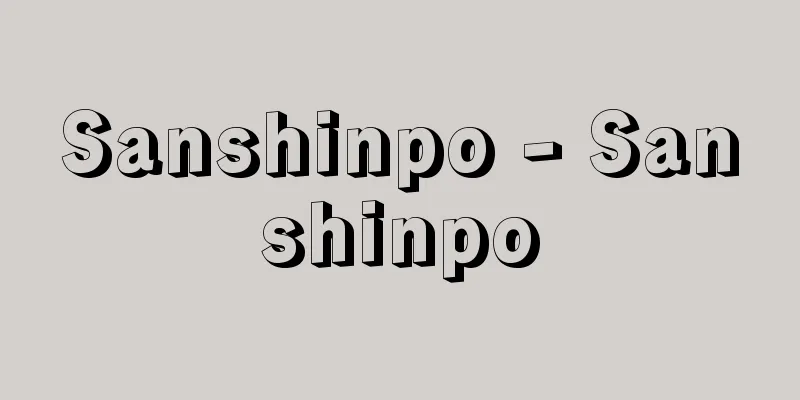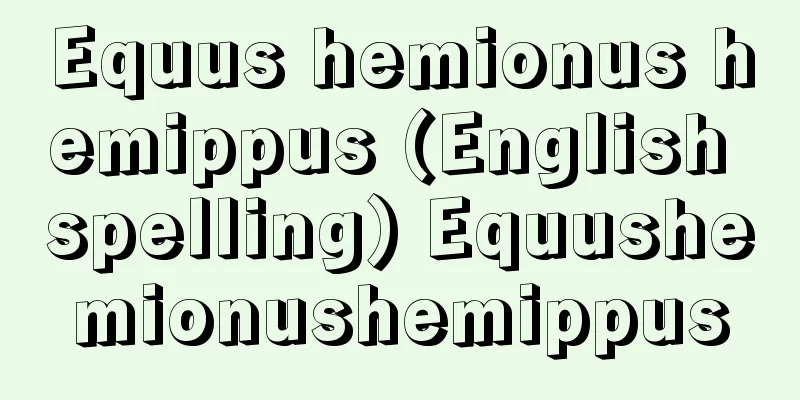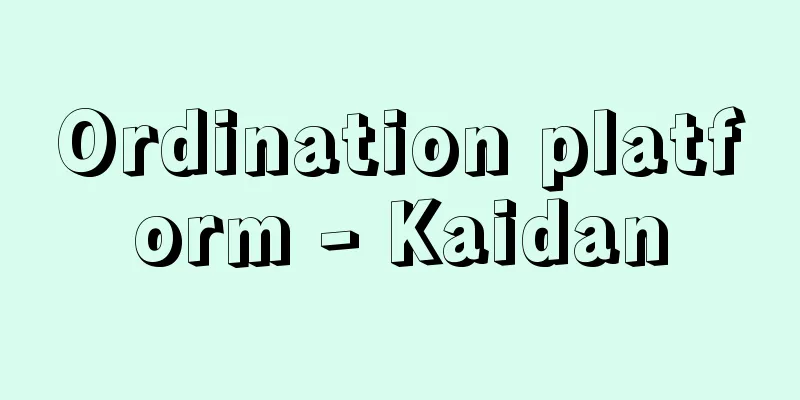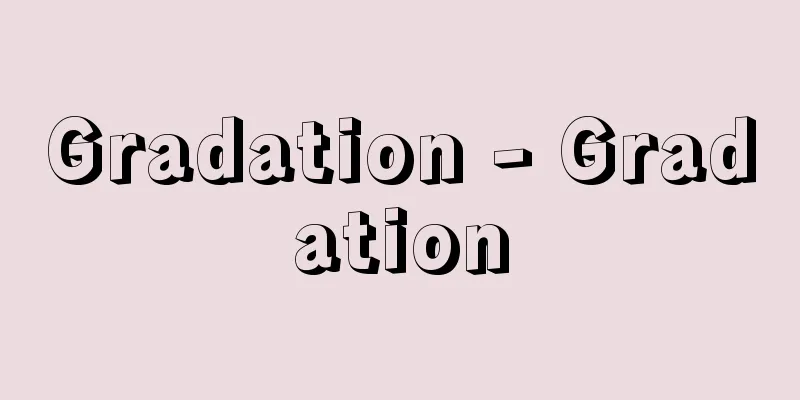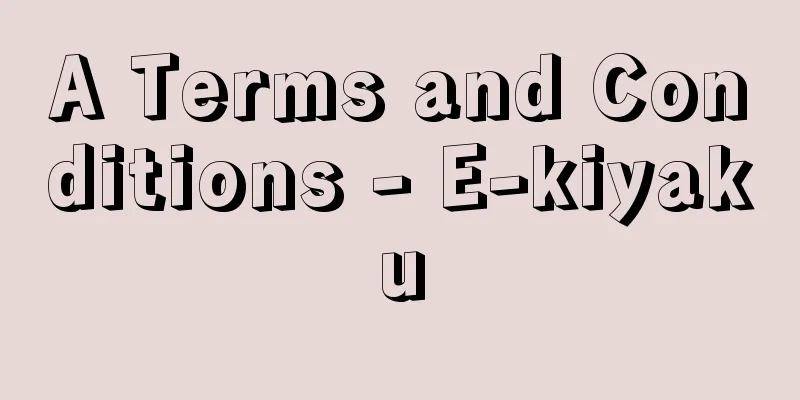Attention - Chuui (English spelling) attention
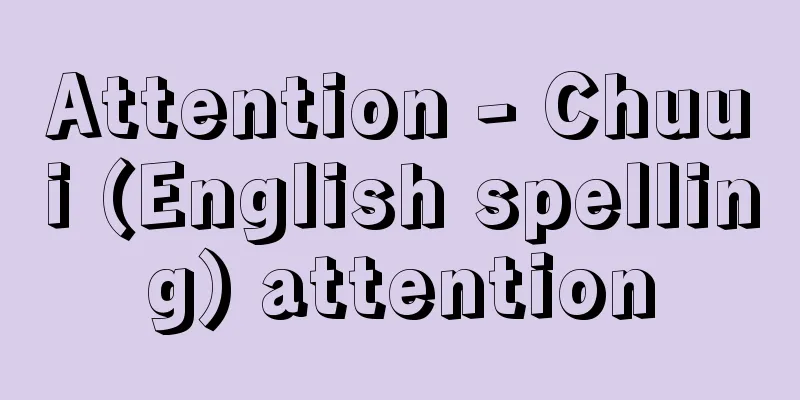
|
Attention is the mental process or ability to take in some stimuli and filter out others. Attention not only functions to take in information from the senses, but also to control behavior, memory, thinking, emotions, and to maintain alertness and concentration. As James W. (1890) pointed out, the most important and central function of attention is the function of limiting processing to only one thing. This is called selective attention. Experiments using dichotic listening tasks, in which different sounds are simultaneously heard from the left and right ears, have shown that there is a limit to the amount of information that can be processed at one time, that selection is made based on physical attributes of the stimuli, such as the volume, pitch, and input position of the sound, and that ignored information is hardly processed at all. Based on these findings, Broadbent D. (1958) proposed the filter theory. This theory claims that sensory information is analyzed in parallel based on physical attributes in the first stage, which has no capacity limit (bottleneck), and then only a portion of the information is subjected to higher-level processing in a sequential manner in the second stage, which has a capacity limit, through a selective filter. In this idea, information is selected (initial selection) at an early stage before higher-level processing such as semantic analysis occurs, and is therefore called the early selection model. On the other hand, the position that selection (late selection) occurs after semantic analysis of all input stimuli is complete is called the late selection model. There has long been debate as to at what stage of information processing selection occurs, and numerous revisions and compromises have been made. These theories assume a structure in which information selection is performed at some stage through attention to avoid overloading central processing. On the other hand, Kahneman, D. (1973) considered attention to be a fixed amount of resource for information processing. If resources (or processing capacity) are sufficient, tasks can be performed with high performance, but if they are insufficient, performance will decline. Resources can also be allocated to multiple tasks. In this case, the ability to allocate resources to and perform two or more tasks simultaneously is called divided attention. Lavie, N. (2005) incorporated this idea of resource allocation into the interpretation of the difference between early and late selection, and considered that the level of selection depends on the load placed on target processing. In other words, if the perceptual load is high in order to extract the target, resources will be used up there, leaving little room for other stimuli to be processed, resulting in early selection. However, if the perceptual load is low, there will still be resources remaining even after the target is processed. This is interpreted as the resource being used to perform high-level processing of even distracting stimuli unrelated to the task, resulting in late selection. Attentional selection occurs mainly based on two principles: exogenous and intrinsic attentional control. External control is a form of control in which attention is directed based on the salience of a stimulus, and is also called bottom-up control. Multiple objects in the visual field bring corresponding sensory signals. These compete with each other, and among them, the strongest, the signal that changes suddenly, or the largest is selected, encoded in visual working memory, and brought to consciousness. The effect of such stimulus-driven attention is transient (maximum at about 100 milliseconds) and disappears in a relatively short time. On the other hand, the competing bottom-up sensory signals are biased based on instructions, intentions, and memories to select stimuli, enabling goal-directed behavior (Desimone, R., & Duncan, J., 1995). This is called internal control, also called top-down control. In general, intrinsic attention control takes longer (about 300 milliseconds) to become effective than exogenous attention control, but the effect lasts for a relatively long time (note that the term "set" refers to a state of preparation or anticipation for a task in a broad sense, not limited to spatial selection). Various methods, such as visual search, have been developed (Treisman, A. M., & Gelade, G., 1980), and it has become clear that attentional selection is performed in various ways. In the spatial cueing method, which is one of the procedures for manipulating attention, a sudden light spot is presented as a cue to indicate the location where the target will appear. If the cue is presented exactly before the target location, the response to the target is faster and more accurate than if the cue is presented in another location. This suggests that attentional selection is performed based on spatial location. This view has been developed into the idea that spatial attention is likened to a focused spotlight or zoom lens. Similarly, prior knowledge of the features and objects relevant to the task facilitates subsequent target judgments (judgments required by the task). Thus, selection based on features such as color and shape, and object-based selection, such as choosing one of multiple objects that are spatially overlapping, are also possible. Contrast sensitivity and spatial resolution increase in the area where attention is directed. After that, when attention shifts elsewhere, it becomes difficult to redirect attention back to the area or object that was originally attended to (for about 2 seconds). This is called inhibition of return (IOR). On the other hand, it has been shown using a visual version of the dichotic listening task that information in an area where attention is not directed is hardly noticed (inattentional blindness, a similar phenomenon called change blindness). However, there are findings suggesting that the ignored stimulus is suppressed because the response is delayed when the once ignored stimulus later becomes the target (negative priming). This suppression extends to stimuli that are semantically related to the ignored stimulus, so it is possible that information that is not attended to is also processed semantically. For example, in the middle of a string of alphabet letters (a, k, m, l, n, ...) presented one after the other at high speed, two letters (c, o) are presented after a "circle" (start mark) with a short time interval. When the subjects are then asked to report the two letters, the second target (the second letter) is not given enough attention and is easily overlooked. This phenomenon is called the attentional blink because attention is momentarily lost. However, because brain activity (N400 event-related potential component) representing semantic priming and semantic processing is observed for the overlooked second target, it can be said that even information to which attention is not directed can be analyzed semantically. In addition, when the right parietal lobe is damaged, attention is not directed to the opposite side of the damaged area (i.e., the left visual field) of the presented picture or object (unilateral spatial neglect). There is evidence suggesting that semantic analysis is performed even when neglect occurs and the object cannot be identified. Recent neuroimaging studies have shown that the multifaceted nature of attention is realized by multiple subsystems. Goal-directed selection involves the dorsal network in both hemispheres (dorsal parietal cortex, especially the intraparietal sulcus and frontal eye field). When attention is attracted to a salient stimulus that is not related to the task (attention capture), activity is observed in the right ventral network (temporoparietal junction, middle frontal gyrus, and inferior frontal gyrus) in addition to the dorsal network. Activity in the ventral network interrupts the dorsal network and, under the control of the locus coeruleus, is involved in shifting to new stimuli or tasks (Corbetta, M. et al., 2008). On the other hand, another viewpoint has pointed out three attention networks: orientation (superior parietal, temporoparietal, frontal eye field, superior colliculus), selection/execution (anterior cingulate cortex, ventrolateral prefrontal cortex, basal ganglia), and vigilance (locus coeruleus, right frontal, parietal) (Posner, MI, & Rothbart, MK, 2007). →Nervous System [Junichiro Kawahara] Latest Sources Psychology Encyclopedia Latest Psychology Encyclopedia About Information |
|
一部の刺激を取り入れ,それ以外の物事を排除する心的過程や能力を注意という。注意は感覚器官から情報を取り入れるときに働くだけではなく,行動,記憶,思考や情動を制御したり,覚醒状態や集中している状態を維持する働きをもつ。 注意の働きのうち,ジェームズJames,W.(1890)が指摘するように最も重要で中核となるのが,一つの物事にのみ処理を限定する働きである。これを選択的注意selective attentionとよぶ。左右の耳から別々の音声などを同時に聞くという両耳分離聴取課題を使った実験から,一度に処理できる量には限界があること,音声の大きさ,高さ,入力位置といった刺激の物理的属性に基づいた選択がなされること,無視した情報はほとんど処理されないことが示された。こうした知見に基づいて,ブロードベントBroadbent,D.(1958)はフィルター理論filter theoryを提案した。この理論は,容量制限(ボトルネック)をもたない第1の段階で感覚情報が並列に物理的属性に基づいて分析され,その後,一部の情報のみが選択的フィルターを通して容量制限をもつ第2の段階で逐次的に,高次の処理を受けると主張する。この考えでは情報は意味的分析のような高次処理が起こる前の早い段階で選択(初期選択)されるため,初期選択理論early selection modelとよばれる。一方,入力されたすべての刺激の意味的分析が終わった後で選択(後期選択)が起こると考える立場を後期選択理論late selection modelという。情報処理のどの段階で選択が起こるかについては長らく論争があり,数々の修正・折衷案が生まれた。 これらの理論は,中枢処理での過負荷を回避するために,どこかの段階で注意による情報選択が行なわれるという構造を仮定している。一方で,カーネマンKahneman,D.(1973)は注意を,情報処理のための,一定量の資源ととらえた。資源(あるいは処理容量)が十分にあれば,高い成績で課題を遂行できるが,不足すると遂行成績は低下する。また,資源は複数の課題に配分できる。このとき,二つ以上の課題に同時に資源を配分し遂行する能力を分割的注意divided attentionとよぶ。ラビLavie,N.(2005)は,この資源の配分という考えを初期選択・後期選択の違いの解釈に取り入れ,選択の水準は標的の処理にかかる負荷に依存すると考えた。すなわち,標的を取り出すために知覚的負荷が高ければ,そこで資源を使い尽くすため,他の刺激がほとんど処理される余地がなく,結果として初期選択となる。しかし,知覚負荷が低い場合は標的を処理してもまだ資源が余る。その資源を使って課題には関係のない妨害刺激まで高次の処理をしてしまい,結果として後期選択になると解釈される。 注意による選択は主として,外発的注意制御および内発的注意制御という二つの原則に基づいて起こる。外発的注意制御external controlは刺激の顕著さに基づいて注意を向ける形態の制御様式で,ボトムアップコントロールbottom-up control(刺激駆動的制御)ともよばれる。視野内にある複数の物体は,それぞれに対応する感覚信号をもたらす。これらは競合し,その中でも際立って強かったり,急に変化する信号や大きいものが選択され,視覚作業記憶に符号化されて意識に上る。こうした刺激駆動的注意の効果は過渡的であり(100ミリ秒程度で最大),比較的短時間で消失する。その一方で,ボトムアップの感覚信号の競合に教示や意図,記憶に基づいてバイアスをかけて刺激を選択し,目的にかなった行動が可能になっている(Desimone,R.,& Duncan,J.,1995)。これを内発的注意制御internal controlといい,トップダウンコントロールtop-down control(目的指向的制御)ともよばれる。一般に,内発的注意制御は外発的注意制御よりも有効になるまでに時間(約300ミリ秒)を要するが,効果は比較的長く持続する(なお,空間の選択に限らず,課題に対する広い意味での準備や予期の状態を構えsetという)。 視覚探索法など多様な手法が開発され(Treisman,A.M.,& Gelade,G.,1980),注意による選択がさまざまな様態で行なわれることが明らかになった。注意を操作する手続きの一つである空間的手がかり法では,突然出現する光点を手がかりとし,標的が現われる位置の予告信号として提示する。手がかりがちょうど標的の位置に先行して提示される場合,標的に対する反応は,手がかりが他の場所に提示される場合に比べて速く,正確になる。これは空間的位置に基づいて注意選択が行なわれることを示唆する。この見方は,空間的注意を焦点をもったスポットライトやズームレンズとして見立てる考え方に発展した。同様に,課題に関連した特徴,物体をあらかじめ知らせておくことは,その後の標的判断(課題で求められる判断)を促進する。このように,色や形状といった特徴に基づく選択や,空間的には重なっている複数の物体のうちの一つを選ぶという物体(オブジェクト)に基づく選択も可能である。 注意が向けられた場所では,コントラスト感度や空間解像度が上がる。その後,注意が他に移動すると,最初に注意された場所や物体には再び注意を向け直しにくくなる(2秒程度)。これを復帰の抑制inhibition of return(IOR)という。一方で,注意が向けられていない位置にあった情報はほとんど意識に上らないことは,両耳分離聴取課題の視覚版ともいえる課題を使って示されている(非注意による見落としinattentional blindness,類似した現象として変化の見落としchange blindness)。しかし,いったん無視された刺激が後に標的となったときは反応が遅延することから,無視された刺激は抑制されていることを示唆する知見もある(負のプライミングnegative priming)。この抑制は,無視した刺激に意味的に関連したものにも及ぶことから,注意が向けられていない情報も意味的な処理まで進んでいる可能性がある。たとえば,高速で次々と提示されるアルファベットの文字列(a,k,m,l,n,…)の途中で,「○」(開始のマーク)の後に二つの文字(c,o)をわずかな時間間隔をおいて提示する。その後,この二つの文字の報告を求めると,第2標的(二つ目の文字)には十分な注意が行かず,見落とされやすいという結果が得られる。この現象を,注意が一瞬途絶えることから注意の瞬きattentional blinkという。しかし,見落とされた第2標的に対しても意味的プライミングや意味処理を表わす脳の活動(N400事象関連電位成分)が観察されることから,注意が向けられていない情報であっても,意味的分析まで進む場合があるといえる。また,右頭頂葉を損傷すると,提示された絵や物体の損傷部位の反対側(すなわち左視野)に注意が向けられなくなる(半側空間無視unilateral spatial neglect)。このとき,無視が起こって物体の同定ができなくても,意味的分析が行なわれていることを示唆する知見がある。 最近の神経活動画像化研究は,注意の多面性は複数のサブシステムで実現されていることを示している。目的指向的な選択には両脳半球の背側ネットワーク(背側頭頂皮質,とくに頭頂間溝と前頭眼野)が関与する。課題に非関連で目立つ刺激に注意が引きつけられる場合(注意捕捉)は,背側ネットワークに加えて,右側の腹側ネットワーク(側頭頭頂接合部,中前頭回・下前頭回)の活動が認められる。腹側ネットワークの活動は背側ネットワークに割り込み,青斑核からの調節を受けながら新たな刺激や課題へのシフトにかかわる(Corbetta,M.et al.,2008)。一方,定位(上頭頂・側頭頭頂,前頭眼野,上丘),選択・実行(前帯状回,腹外側前頭前皮質,基底核),警戒(青斑核,右前頭,頭頂)という三つの注意ネットワークを指摘する立場もある(Posner,M.I.,& Rothbart,M.K.,2007)。 →神経系 〔河原 純一郎〕 出典 最新 心理学事典最新 心理学事典について 情報 |
Recommend
Wicked Bible
…However, there have been many examples throughou...
Antsiferov, D.Ya.
...The Matsumae Domain had been indirectly tradin...
Akahori River
...The Edo Shogunate carried out several river di...
Lower tone - Geon
It is one of the melodic forms of Buddhist music, ...
Itterbia - Itterbia
... Periodic table Element symbol = Yb Atomic num...
Aun - Aun
A transliteration of the Sanskrit a-hū. In esoter...
Nur al-Din Maḥmūd
1118‐74 The first ruler of the Zengid dynasty in S...
Soutine, Chaim
Born: 1893/1894?. Smilovichi, near Minsk, Russian ...
Amber - invar
An alloy mainly composed of iron and nickel (abou...
Inbokodobo National Movement - Inbokodobo National Movement
...Sobhuza II (1899-1982), who ascended to the th...
Leizhou Peninsula
A peninsula jutting out from the western edge of ...
Lake Ohara
...The main river has a length of 56 km, and a to...
eidos
…Originally a Greek word meaning “see” or “appear...
Sarcophagidae
…A general term for insects belonging to the fami...
packrat
...Some species build large nests, such as the de...

